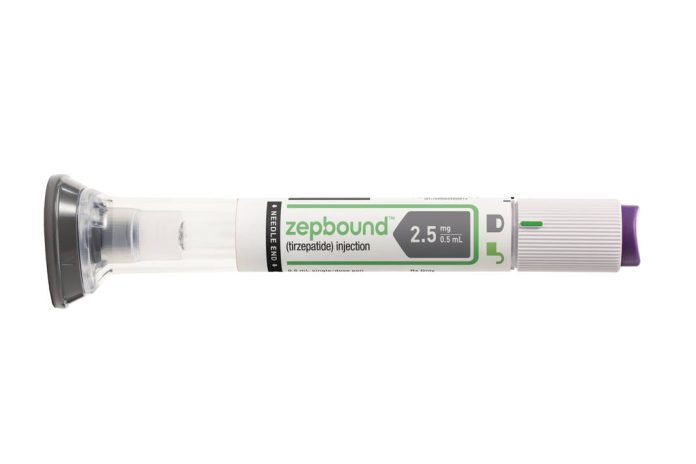Eli Lilly and Co. said Tuesday that “exceptionally strong demand” for diabetes drugs Mounjaro and weight-loss drug Zepbound helped push first quarter profit up 67%, but warned that it expects tight supplies of both drugs to continue.
The Indianapolis-based drugmaker posted a profit of $2.24 billion in the quarter on revenue of $8.77 billion.
Revenue for the quarter was $8.77 billion, up 26% compared with a year ago, but short of Wall Street estimates of $8.9 billion, according to the FactSet consensus.
Adjusted earnings per share were $2.58, up 59%, beating Wall Street estimates of $2.53 a share.
Investors cheered the results. Shares of Lilly rose $50.80, or 6.9%, in premarket trading, to $790 each.
“Lilly’s first quarter performance reflects solid year-over-year revenue growth with strong sales of Mounjaro and Zepbound,” David Ricks, Lilly’s chair and CEO, said in written remarks. “Our progress in addressing some of the world’s most significant health care challenges has resulted in increased demand for our medicines. As we continue to make pipeline investments that position us for future growth, we are rapidly expanding manufacturing capacity to make our incretin medicines available to more patients.”
Doctors and pharmacies have reported huge demand for Mounjaro and Zepbound in recent months, causing widespread shortages of the popular drugs.
In recent months, Lilly has announced it would build or buy several new manufacturing facilities to help take the delay out of its supply chain. But it said the process of building new factories could take several years.
Mounjaro, Lilly’s popular drug for type 2 diabetes that has also been prescribed off-label for weight loss, posted revenue of $1.81 billion in the quarter compared with $568.5 million a year ago. Mounjaro overtook Trulicity, a longtime Lilly diabetes best-selling drug, to become the company’s best-selling product in the quarter.
Zepbound, which launched in November to treat obesity, posted revenue of $517.4 million, putting it on track to become Lilly’s next blockbuster, or drug that posts $1 billion or more in annual sales.
Both drugs use the same active ingredient under different brands.
Other drugs that helped fuel revenue growth were cancer drug Verzenio, which rang up sales of $1.05 billion (up 40%); diabetes drug Jardiance, which had sales of $686 million (up 19%); and immunology drug Taltz, which posted sales of $604 million (up 15%).
Lilly raised its guidance on full-year revenue to a range of $42.4 billion to $43.6 billion, up from the previous range of $40.4. billion to $41.6 billion.
The company also raised the guidance for full-year earnings-per-share to a range of $13.05 to $13.55, up from the previous range of $11.80 to $12.30.
In the first quarter, research and development expenses increased 27%, to $2.52 billion, driven by higher development expenses for late-stage assets and additional investments in early-stage research, as well as a charge of approximately $75 million associated with the termination of the Verzenio prostate cancer program.
Marketing, selling and administrative expenses increased 12%, to $1.95 billion, in the quarter, primarily driven by promotional efforts associated with ongoing and future launches, as well as increased compensation and benefit costs.
By John Russell, Indianapolis Business Journal





